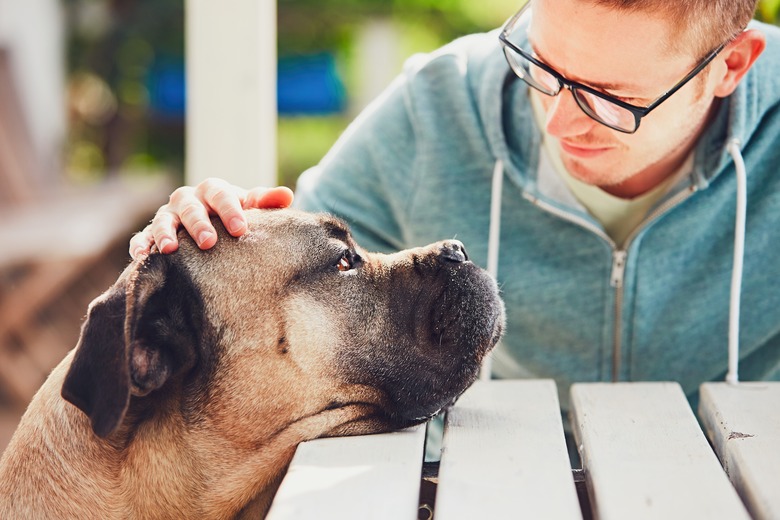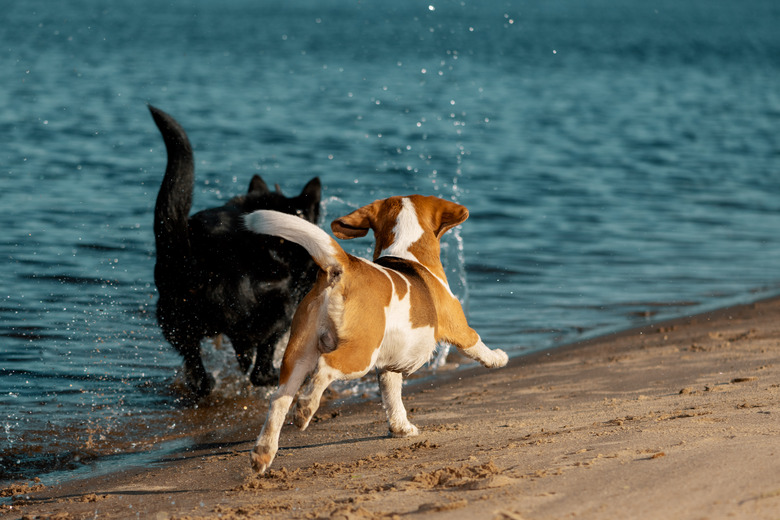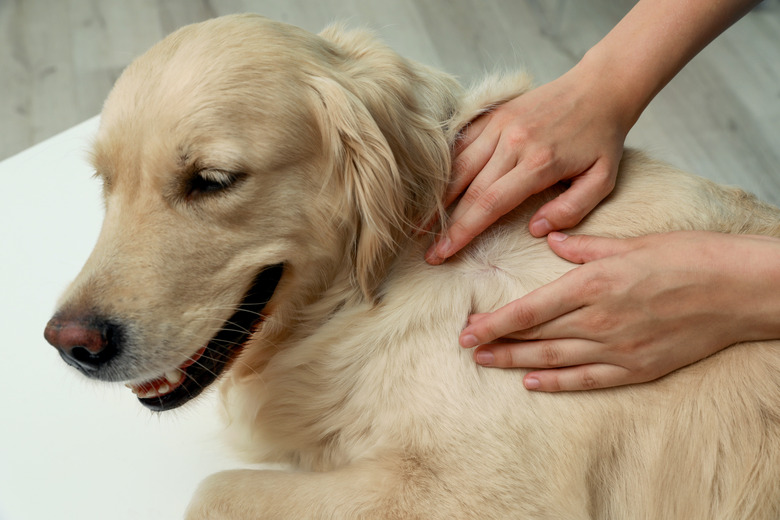Popping Dog Pimples: Is It Safe To Pop My Dog's Zits?
Like you, your dog can get zits and develop an acne problem. Unlike you, they won't obsess about pimples that appear on school picture day or right before your big presentation at work. Although your dog won't worry about their pimples, it's important for you to know what the bumps on your dog's chin are and when to treat them.
Yes, dog pimples are a thing
Yes, dog pimples are a thing
Do dogs get pimples? Yes! Many pet owners express surprise when they learn that dogs get acne. But it's important to understand the difference between human acne and this condition referred to as chin or muzzle acne in your dog. If you have seen small, inflamed bumps on your dog's chin or nose, this is called folliculitis or furunculosis.
The exact cause of dog acne is not known, but it may be the result of trauma to the chin or muzzle. As your dog plays or rubs up against objects, the short hairs in this area may break off below the surface of the skin. When this happens, it causes irritation creating the recognizable inflamed bumps known as acne.
This condition is most commonly seen in young dogs aged six to 12 months and in short-haired breeds. Breeds that are highly susceptible to developing chin or muzzle acne include:
- Boxers
- Doberman pinchers
- English bulldogs
- German shorthaired pointers
- Great Danes
- English mastiffs
- Rottweilers
- Weimaraners
These pimples on dogs aren't just unsightly, they can also be uncomfortable depending on how much inflammation they are experiencing. High levels of pain may also indicate a bacterial infection has developed.
Know all the signs of acne in dogs
Know all the signs of acne in dogs
When this inflammation leads to canine acne, it's easy to see what's going on with your dog. But other signs of dog acne aren't quite as obvious. Your dog may develop small, hairless red bumps. These bumps can grow into larger, pus-filled bumps that are irritating or uncomfortable. In some cases, they will break up allowing the pus to drain. In addition to the bumps, canine acne can cause the mouth and lower lips to swell which can lead to scarring.
Avoid aggravating the situation
Avoid aggravating the situation
Pimples exude a kind of magical power over some people, filling them with the urge to pop zits and squeeze out every bit of pus that they can. If you're one of these people, step away from your dog. You should never pop a dog's zits. Doing so can cause infection, additional trauma, and pain.
Popping dog pimples isn't the only way that you can irritate this condition. As tempting as it may be, do not use hydrogen peroxide or human acne products on your dog. A dab of Clearasil may work wonders for you, but solutions made for human skin are generally much more potent than those made for dogs. You could make your dog's acne worse or create other skin problems for him.
Ways to treat dog acne
Ways to treat dog acne
The correct approach to treating your dog's acne is going to depend on the severity of the condition and whether a bacterial infection has developed. Never ignore red bumps on your dog's chin and nose. While the idea of puppy acne may seem cute or funny, it can become much more serious.
If your dog's acne is mild, treatment may be as simple as keeping the area clean. Your veterinarian may recommend the use of a topical treatment containing benzoyl peroxide. Formulated specifically for use on your dog, benzoyl peroxide works by flushing any grime or bacteria out of the inflamed hair follicle allowing it to heal while also preventing the development of infection. If this is a recurring problem in your dog, your veterinarian may also recommend the use of benzoyl peroxide to prevent a recurrence moving forward.
In cases where an infection has already developed, an antibiotic will be needed to address the infection before the inflammation will start to go down. Steroid treatment may also be needed to help address any severe inflammation.
There are several steps you can take to prevent the development of canine acne. Pay attention to your dog's habits and try to identify the activity that is causing trauma in the area leading to the problem. Once you have discovered the behavior responsible, you can take steps to prevent it. One often overlooked cause is the use of plastic dog dishes which can easily be swapped for a stainless-steel option.
Finally, look for any allergies or other irritants causing your dog to itch. Excessive itching in the muzzle area can cause trauma, leading to the development of acne.


